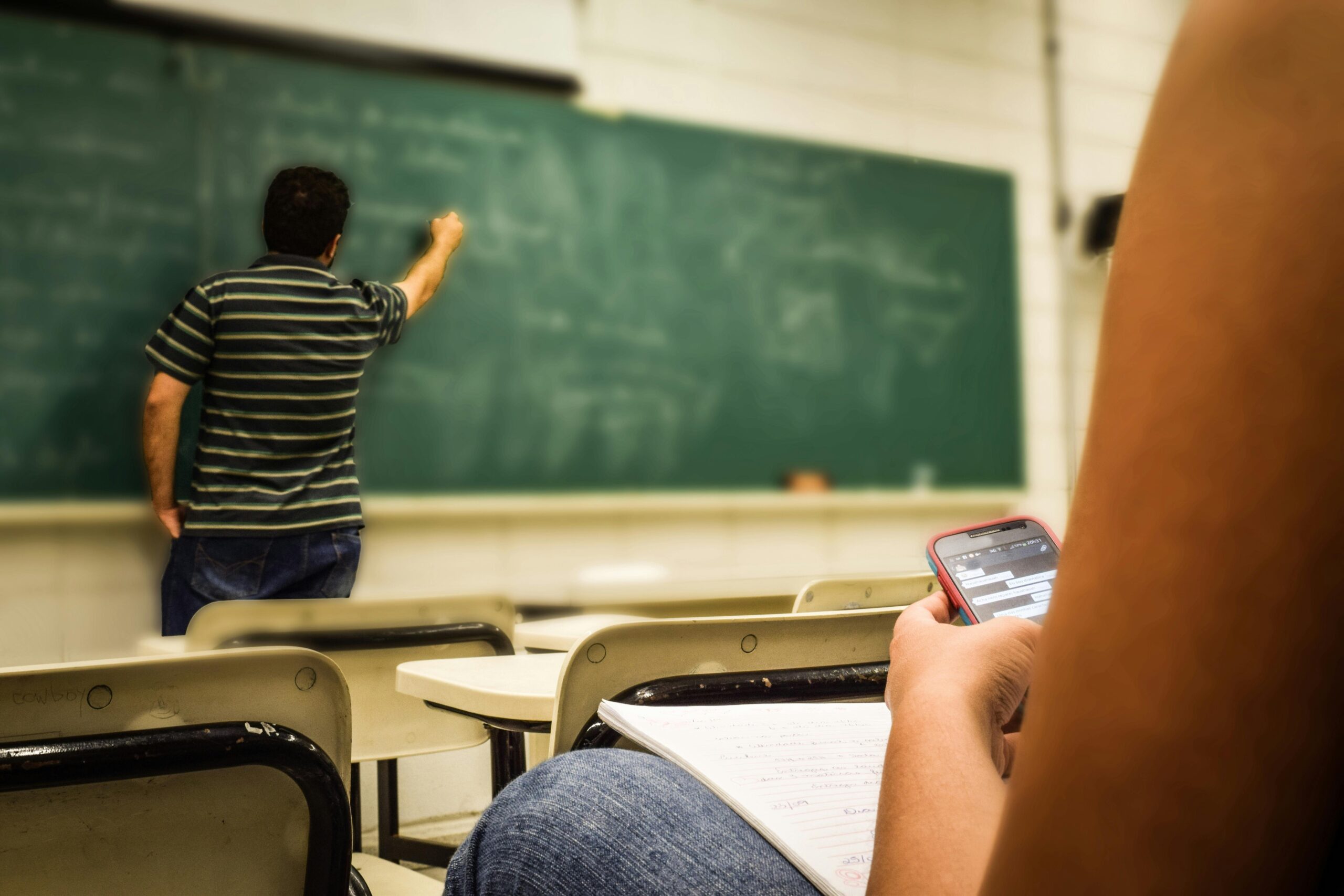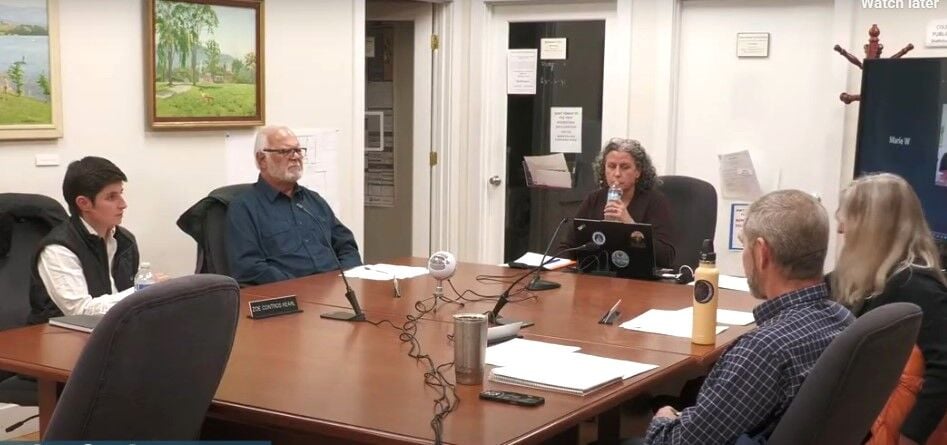UPDATE: Significant advancements in educational technology are transforming how teachers manage their classrooms, with new tools enhancing efficiency and engagement. As of November 2, 2023, educators are urged to adopt innovative solutions that streamline lesson planning, assessment, and communication to create an impactful learning environment.
In today’s fast-paced educational landscape, teachers face the daunting challenge of balancing multiple responsibilities. With the advent of new technology, the tools available can dramatically reduce workload and boost productivity. These tools not only save precious time but also enhance student engagement, making learning more interactive and enjoyable.
Learning Management Systems (LMS) such as Google Classroom, Canvas, and Schoology have emerged as vital resources. They facilitate the distribution of assignments, collection of work, and communication with students and parents—streamlining processes that once consumed many hours. These systems include built-in grading tools and integration with various applications, allowing teachers to focus more on student interaction rather than administrative tasks.
Moreover, grading can often be a laborious process, but with the introduction of digital assessment tools like Quizizz and Kahoot!, educators can automate evaluations while keeping students engaged. These platforms provide instant feedback through quizzes and polls, enabling teachers to quickly identify learning gaps and modify their instruction accordingly.
The rise of interactive presentation software such as Nearpod is also noteworthy. This technology allows teachers to embed interactive elements directly into presentations, fostering real-time participation and feedback. By turning traditional lectures into dynamic experiences, educators can enhance comprehension and reduce time spent on separate assessments.
For those needing to create custom materials, content creation platforms like Canva for Education and Adobe Express offer user-friendly designs for handouts and digital books. These tools not only elevate the quality of educational materials but also enable teachers to communicate complex ideas effectively.
Video content is increasingly recognized as a powerful instructional tool. Platforms such as Screencastify allow educators to record lessons and tutorials, providing students with valuable resources they can access anytime. This flexibility supports diverse learning paces and ensures consistency across classes.
Effective communication is essential in a successful classroom. Applications like Microsoft Teams and Slack enhance communication among teachers, students, and parents, allowing for organized discussions and efficient information sharing. By centralizing communication, these apps reduce the clutter of emails and paper notes, significantly improving workflow.
Moreover, staying organized is crucial for teachers juggling numerous responsibilities. Task management tools like Trello and Todoist enable educators to track deadlines and manage to-do lists visually, minimizing stress and maximizing planning efficiency.
Lastly, classroom management software such as ClassDojo helps maintain a focused learning environment by monitoring student behavior and device usage in real-time. This immediate feedback allows teachers to address issues promptly, creating a more productive atmosphere.
These technological advancements signify a paradigm shift in teaching methodologies. As educators increasingly adopt these tools, the focus shifts from administrative burdens to enhancing student learning experiences. The integration of technology in education is not merely about efficiency but about maximizing impact and fostering a nurturing environment for student success.
Educators are encouraged to explore these innovative solutions and integrate them into their daily routines to inspire and guide their students more effectively. The future of education is unfolding rapidly, and now is the time to embrace these changes.







